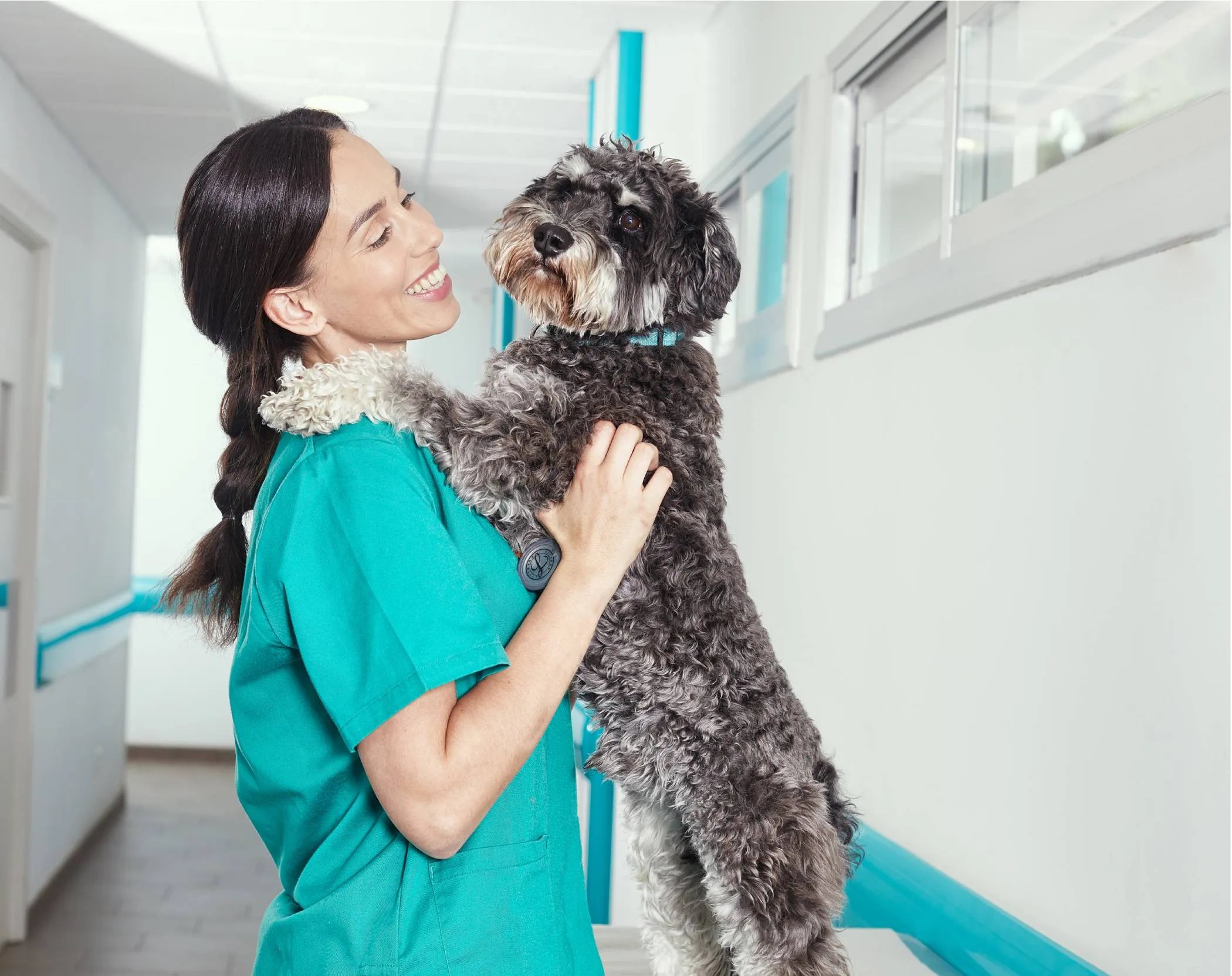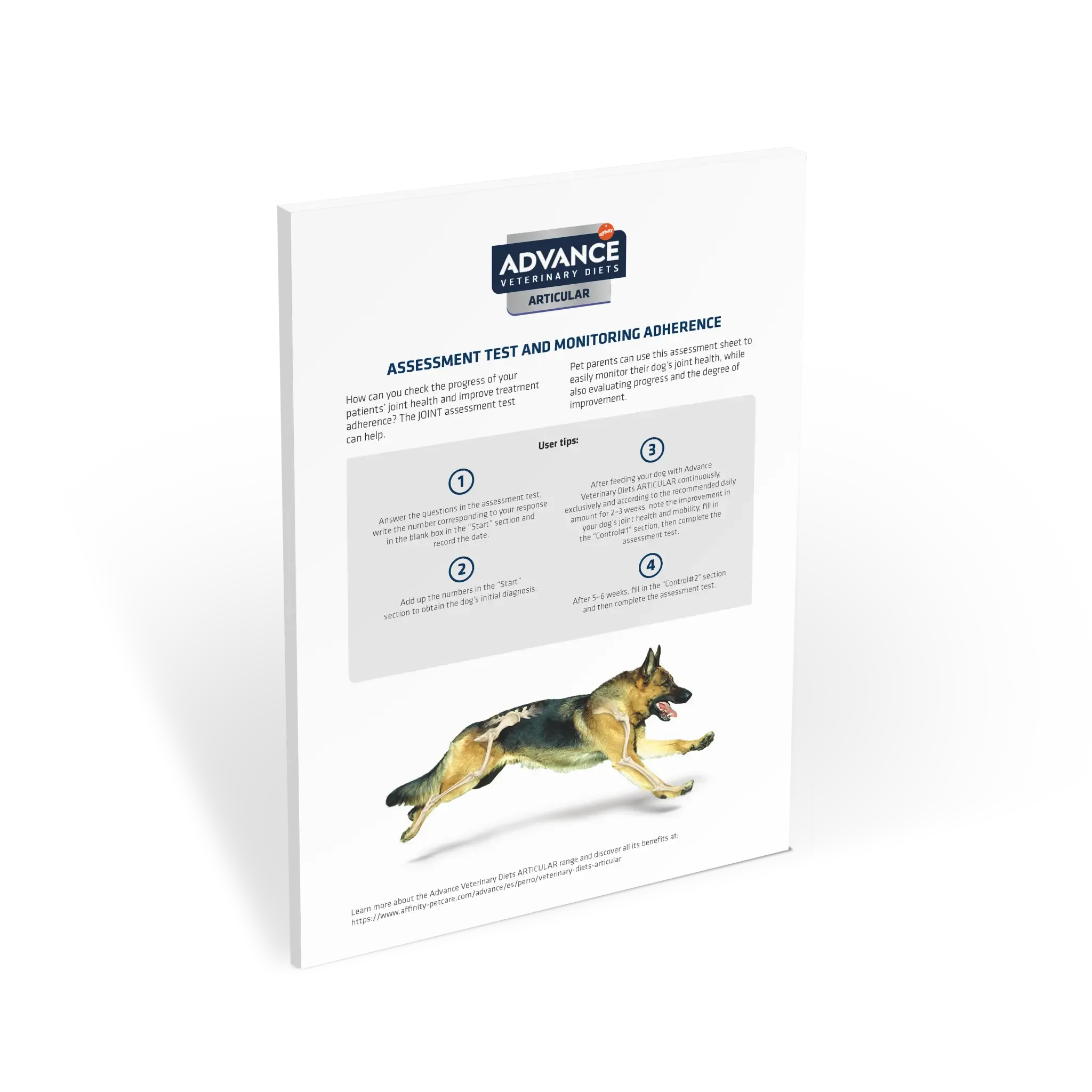The veterinary reference area
#WeAreVets
The reference space for veterinarians
#WeAreVets

Receive in your email
#WeAreVets
Featured today
What causes yellow vomit in dogs?
Yellow vomit in dogs is usually due to bilious vomiting syndrome, although in a small percentage of cases this emetic reflex is triggered by more serious conditions, especially in the case of elderly dogs.





